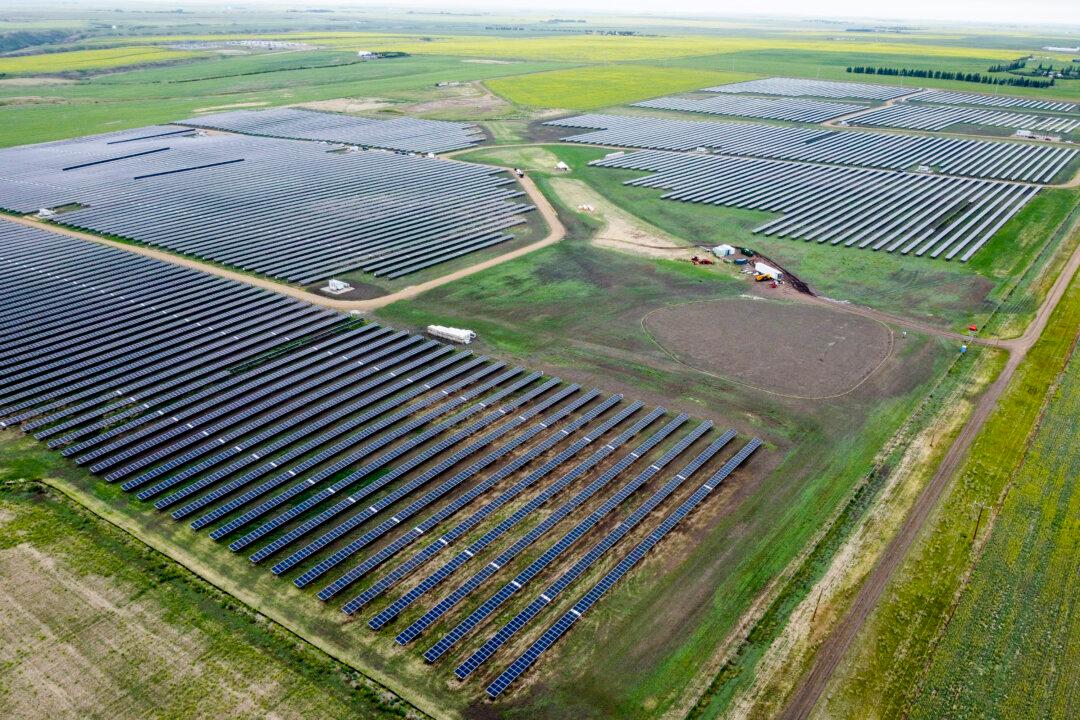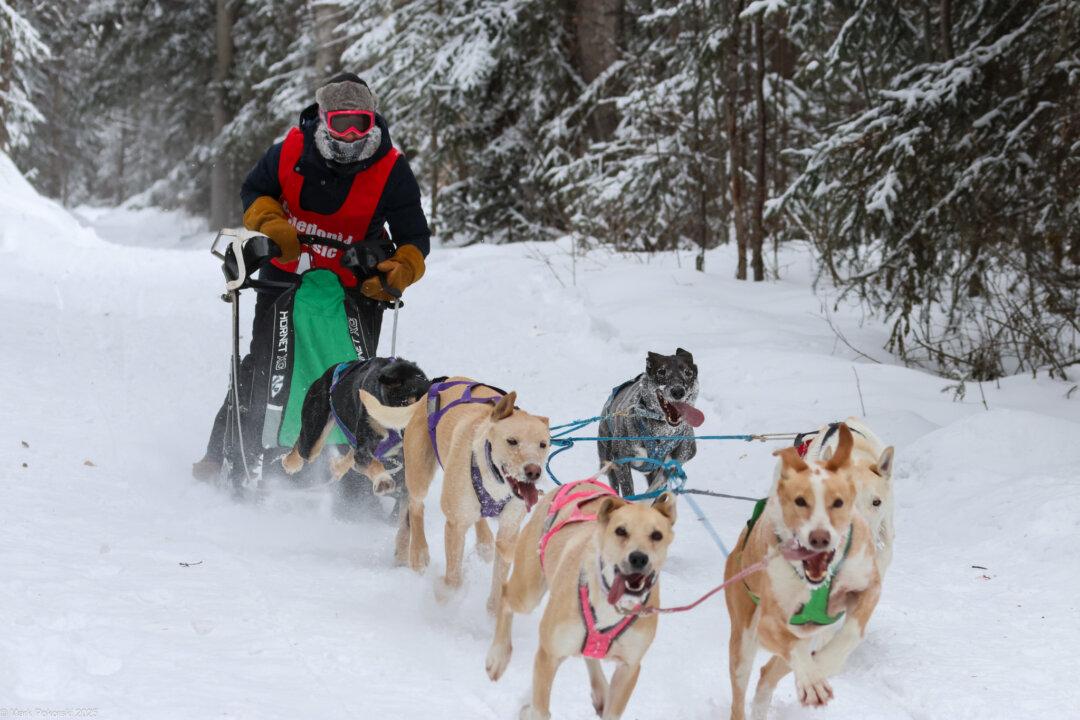Alberta is lifting its pause on developing renewable energy—but with an enhanced set of rules the province believes will make the playing field clearer for everyone.
“We’ve been doing the work to ensure that we have clear rules for the regulator, investors, municipalities, and Alberta landowners,” Alberta Premier Danielle Smith told a news conference.





